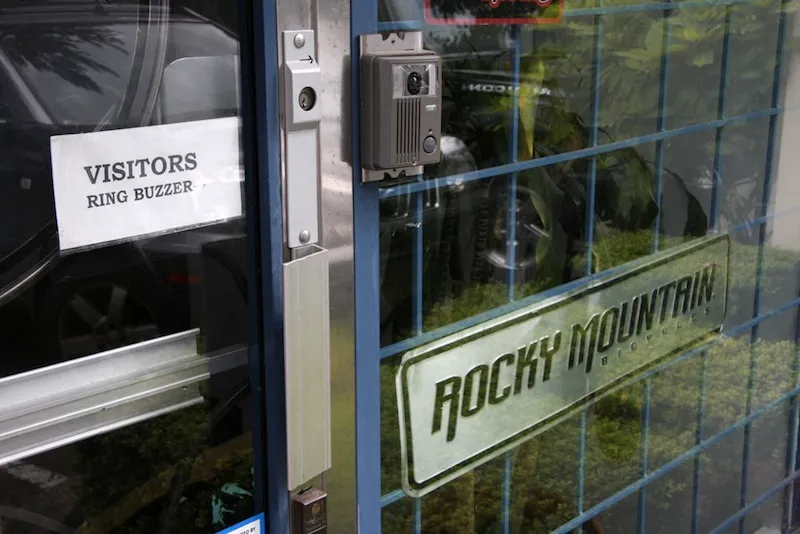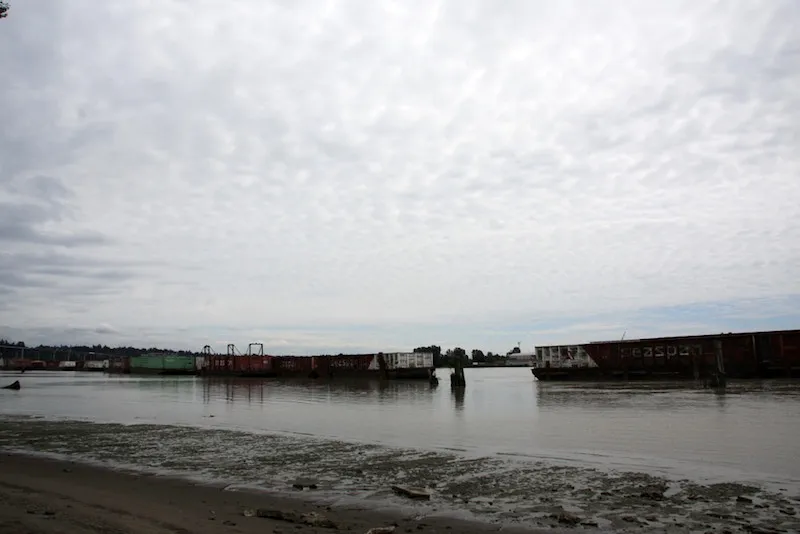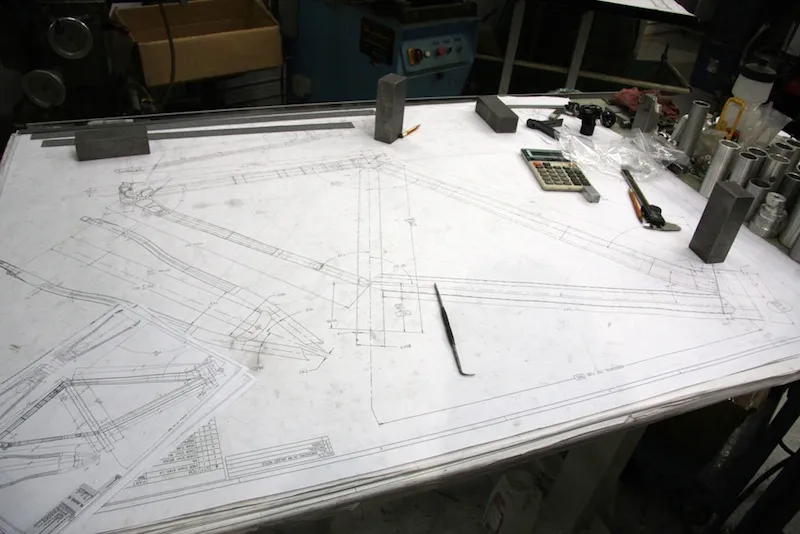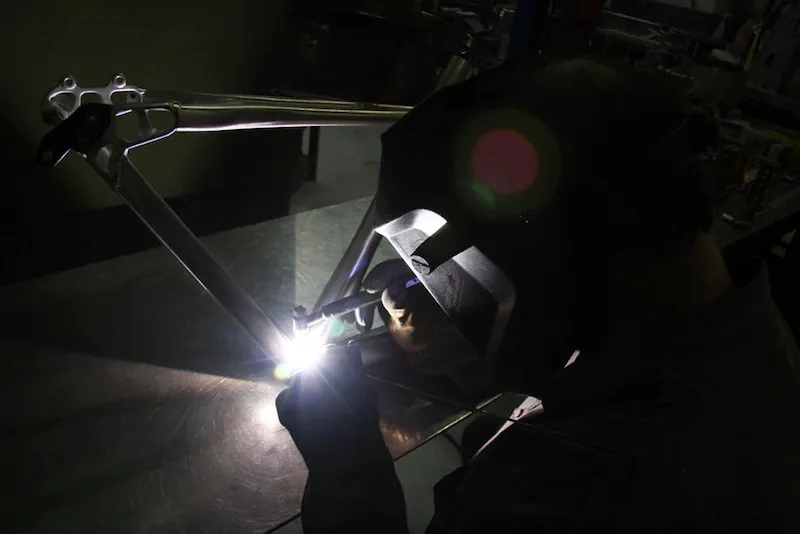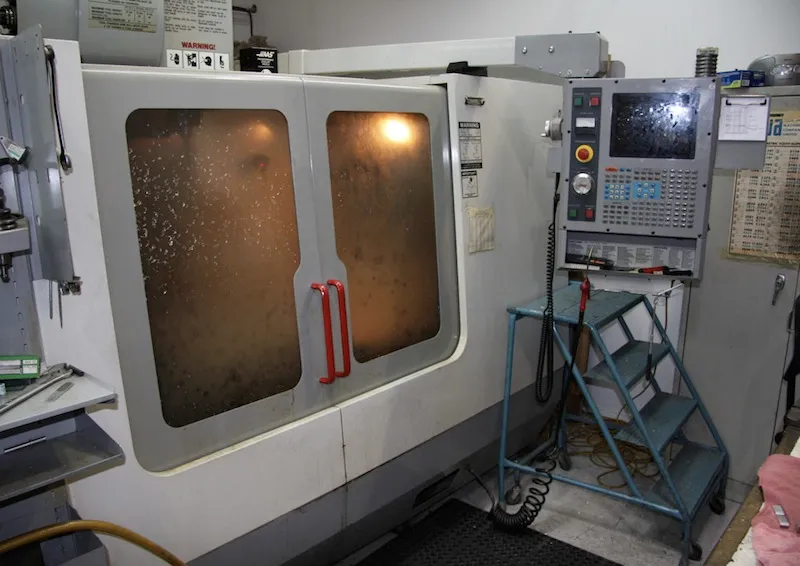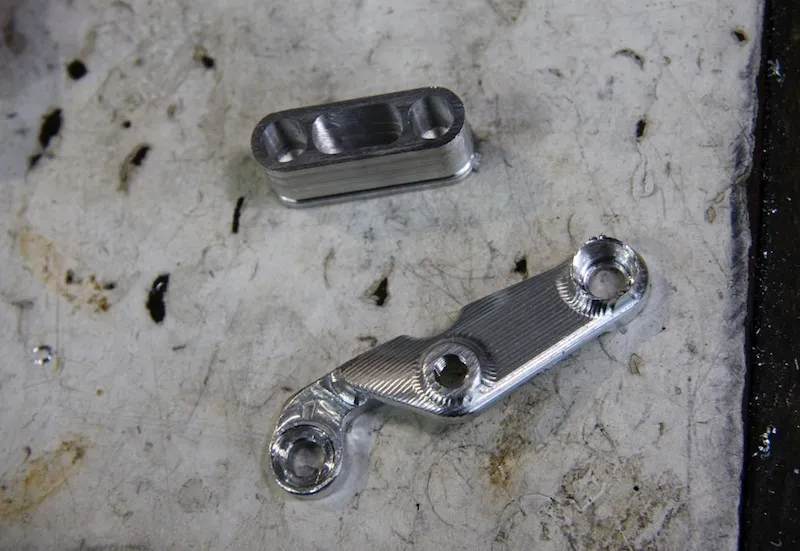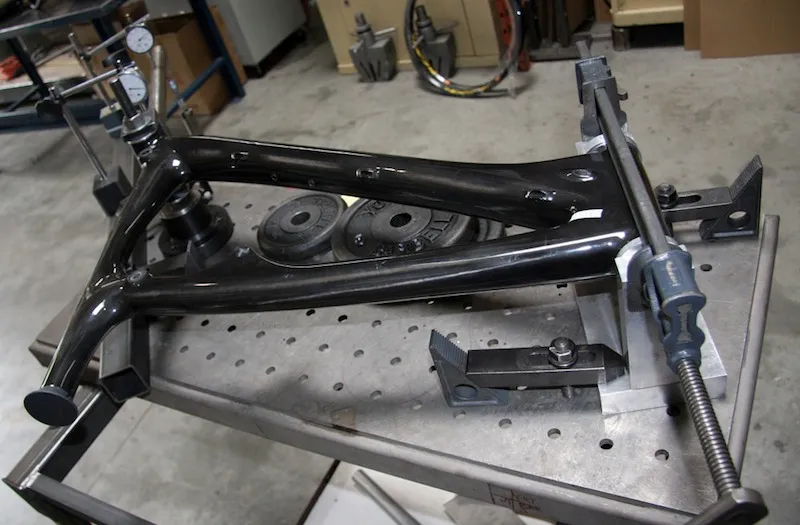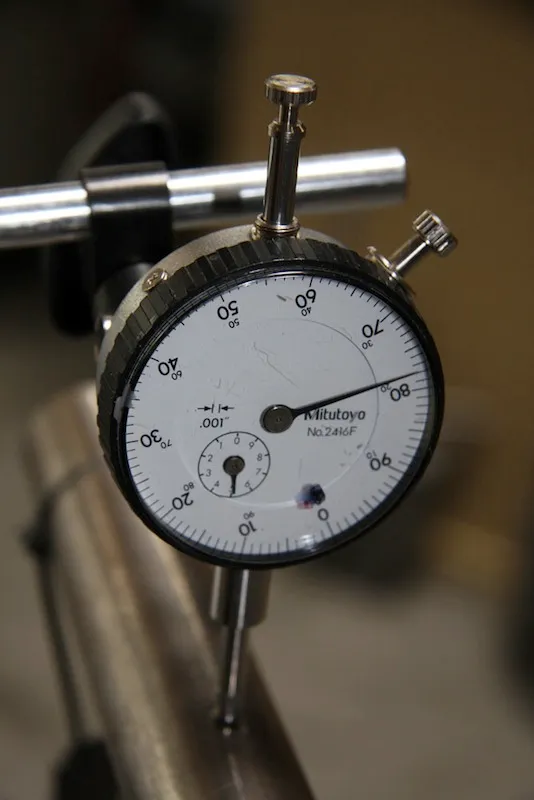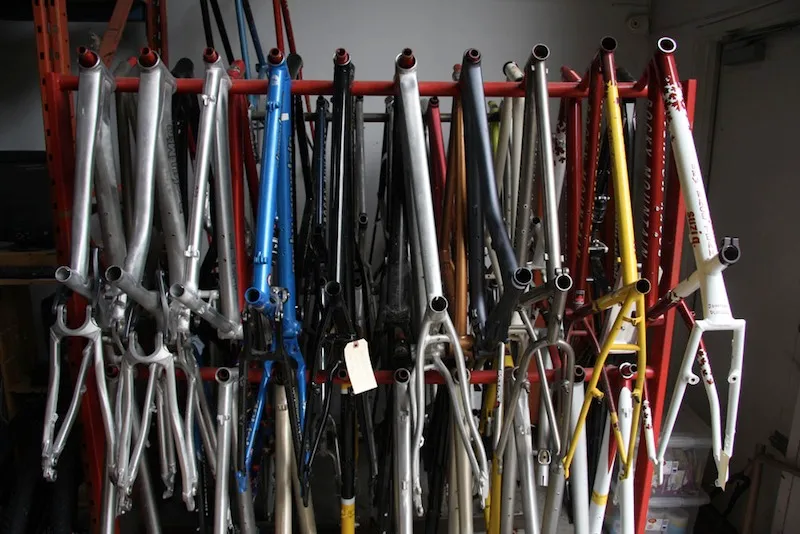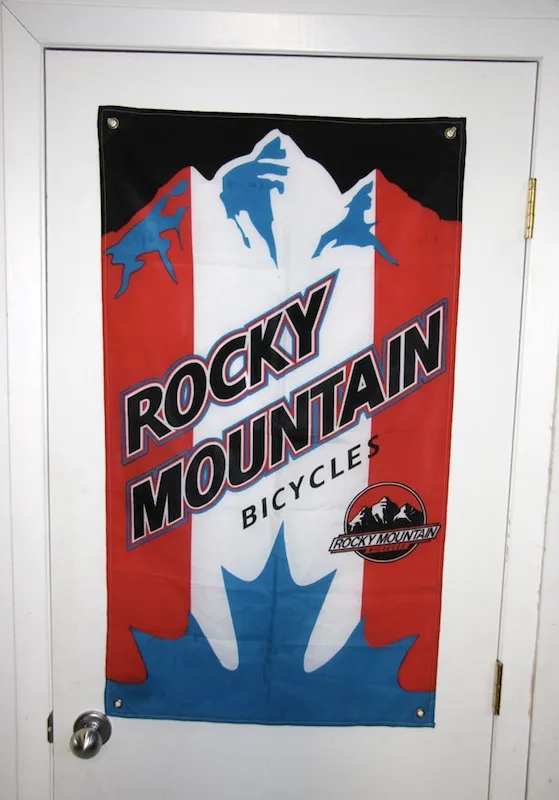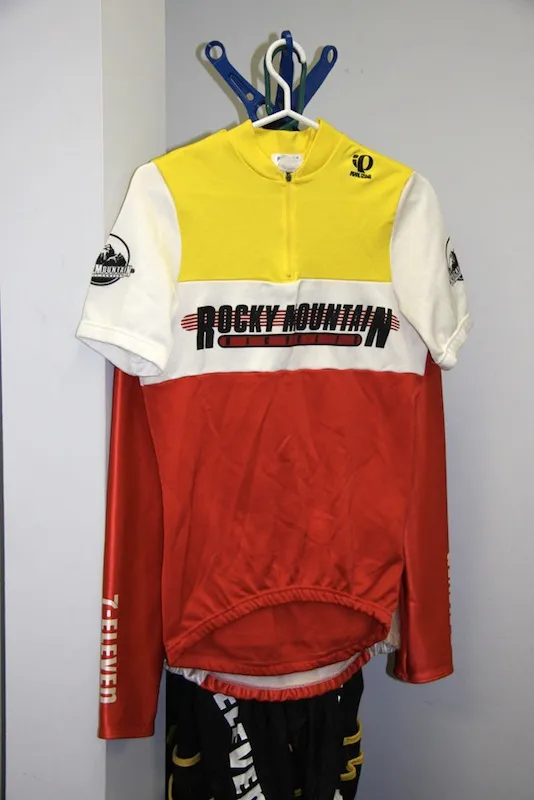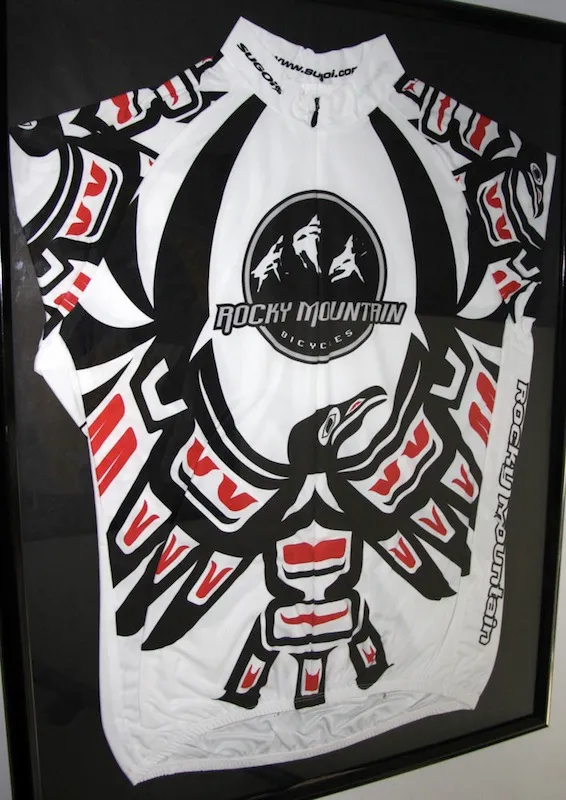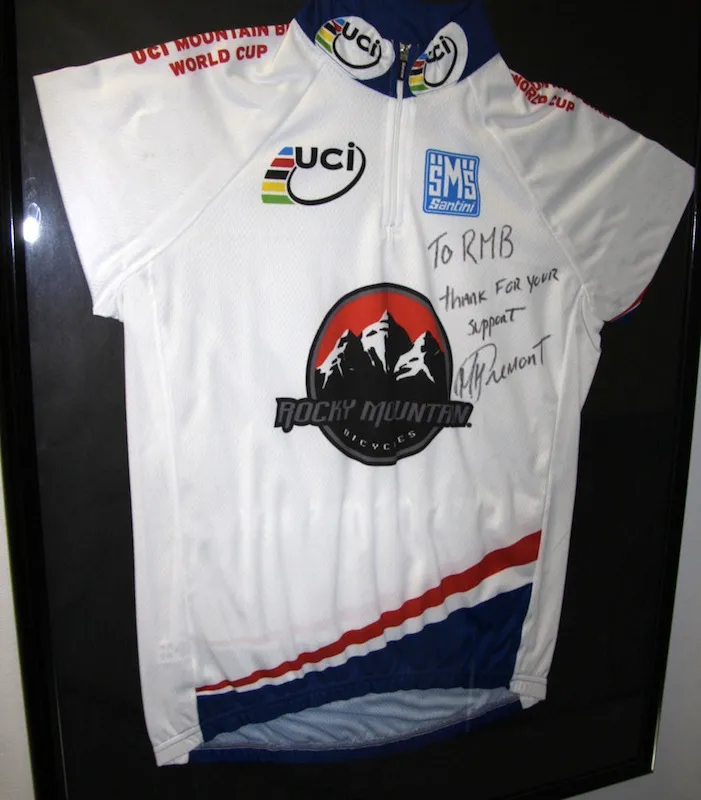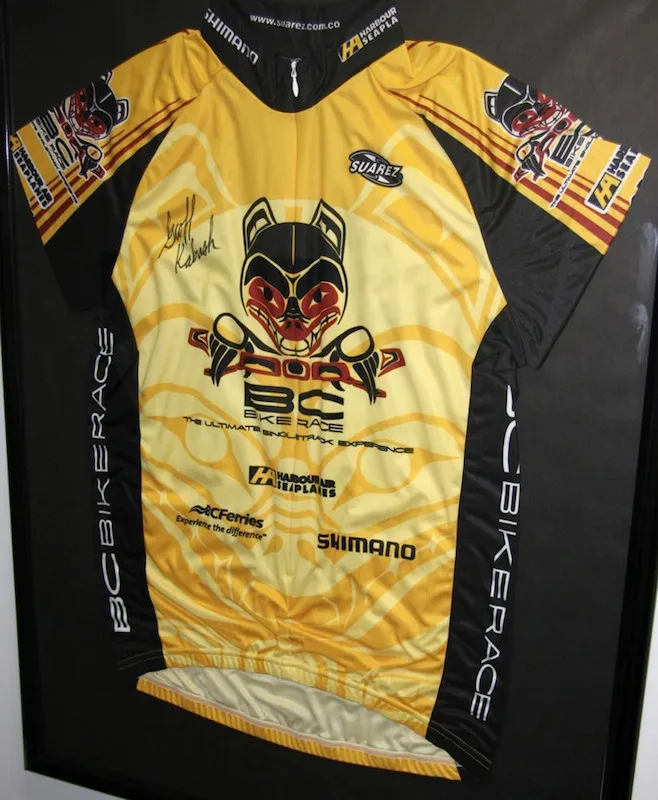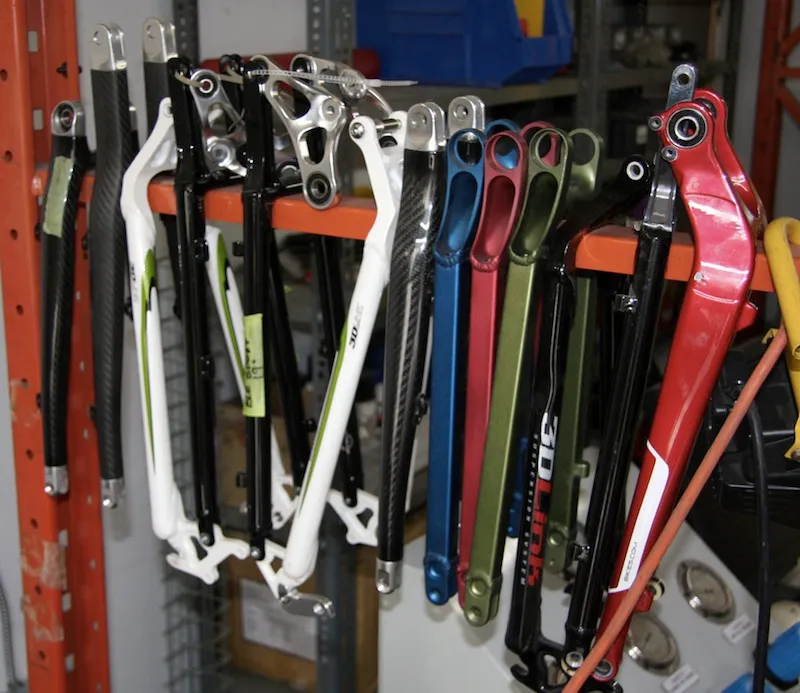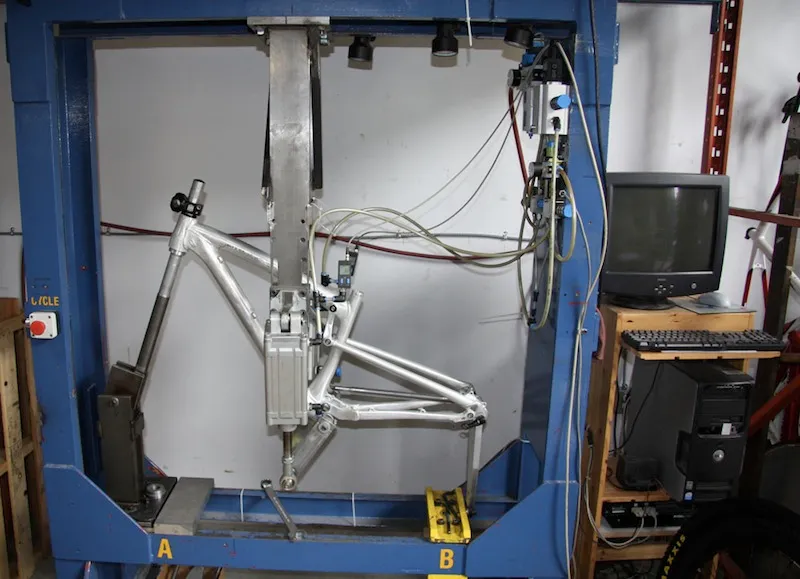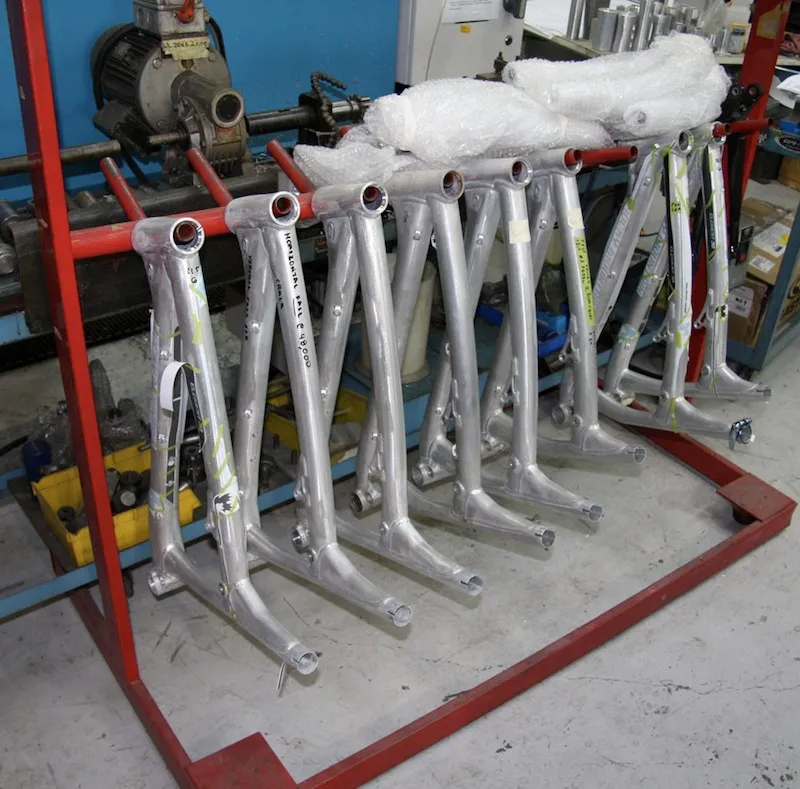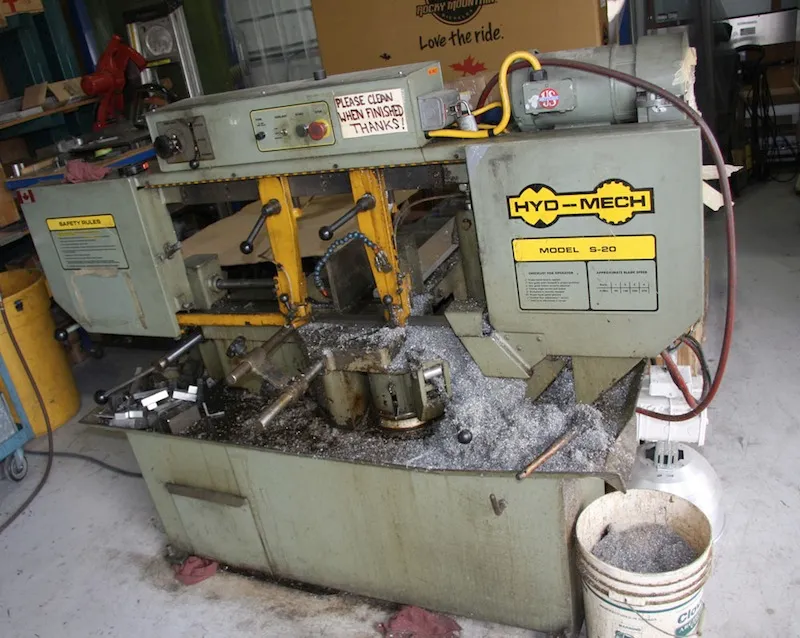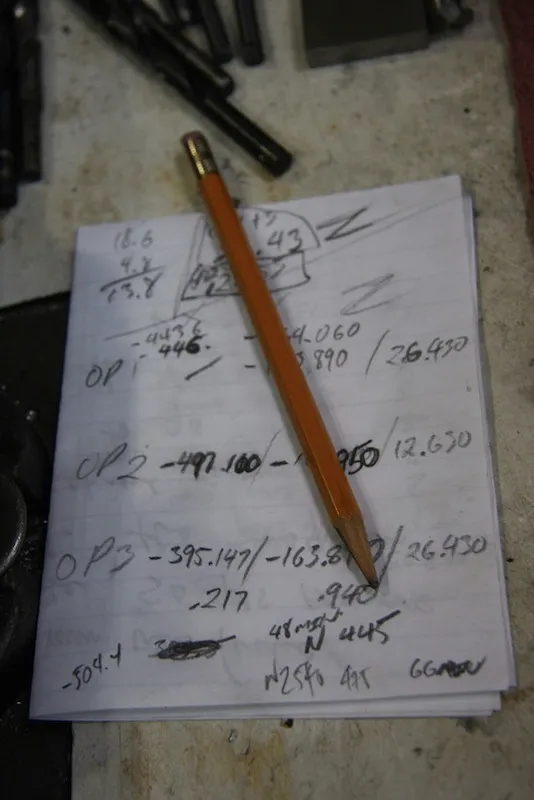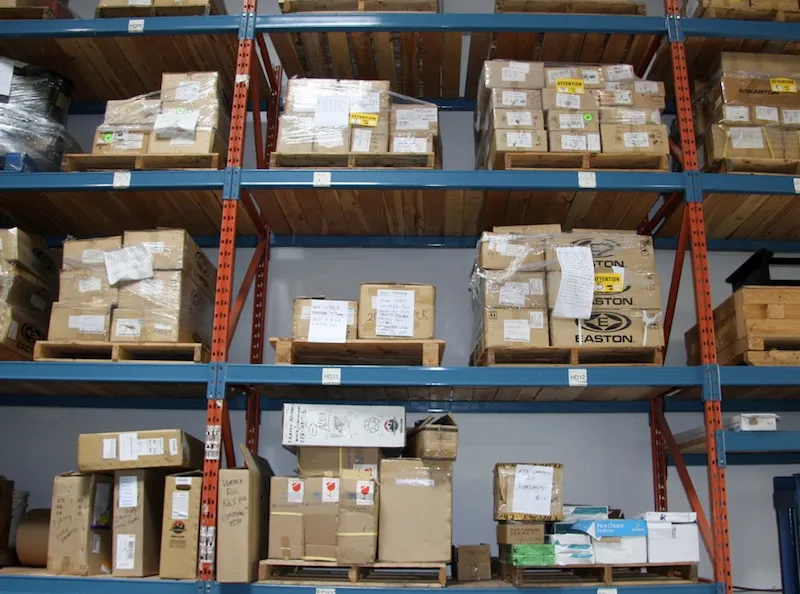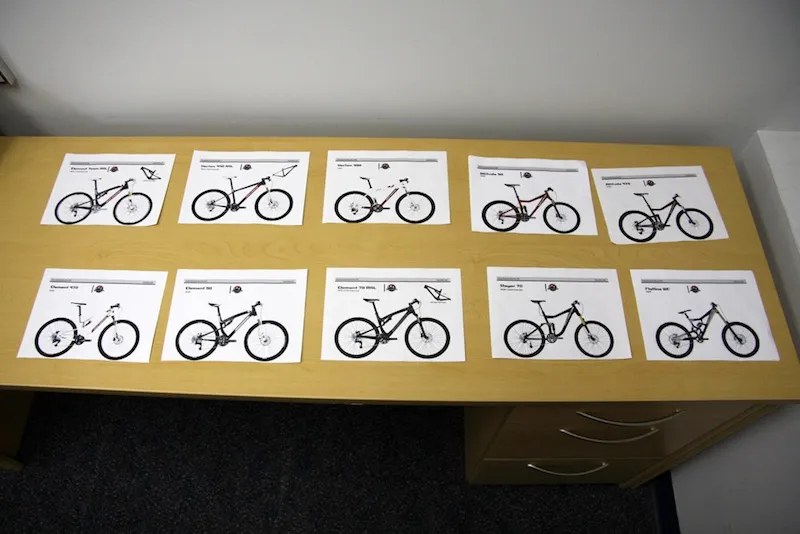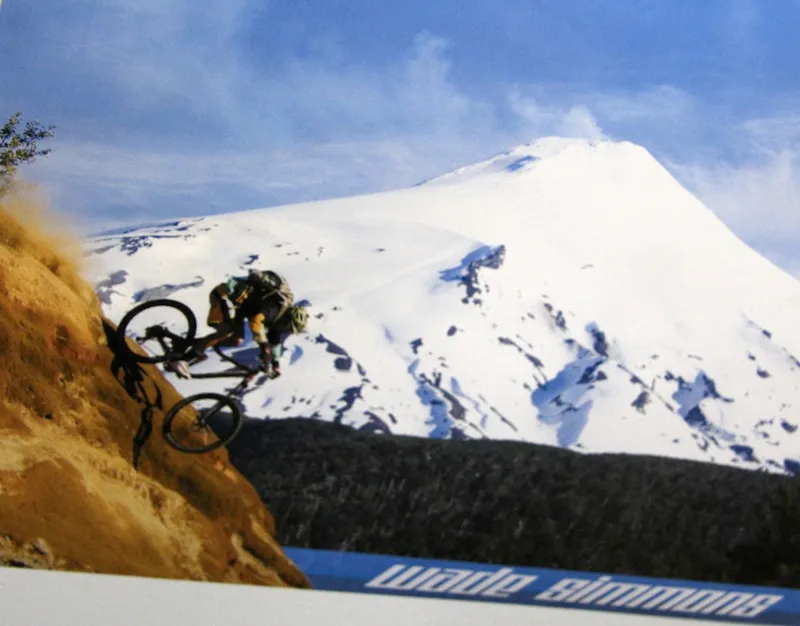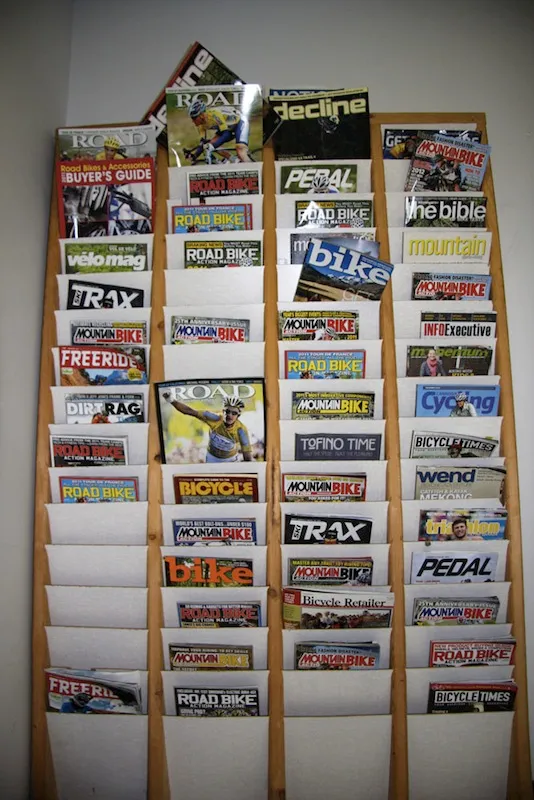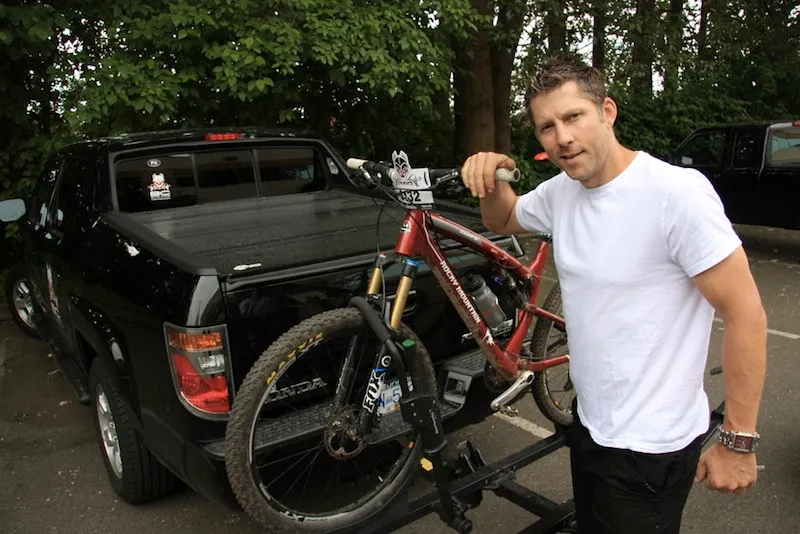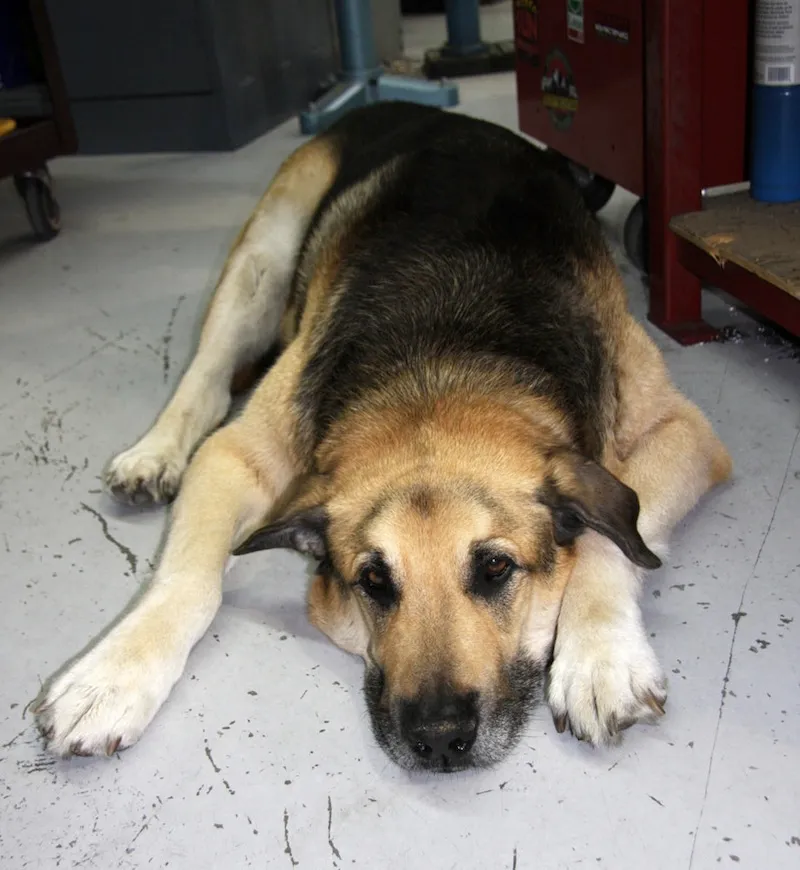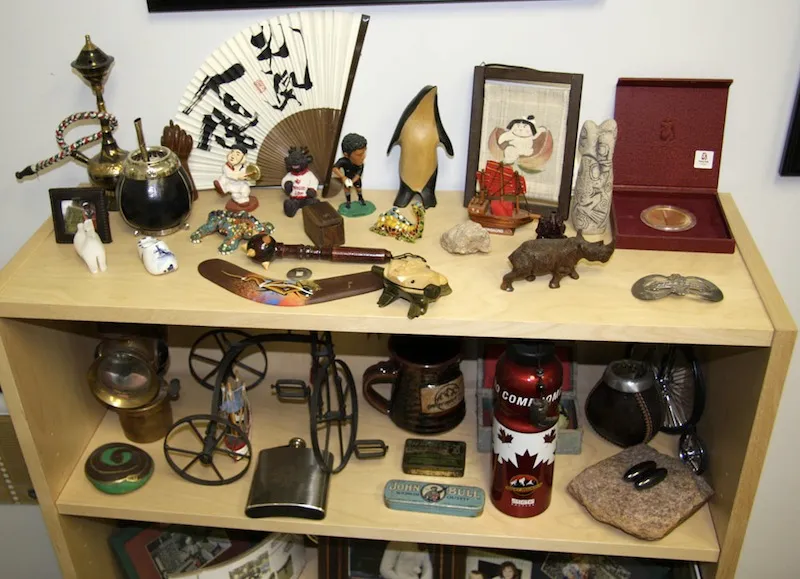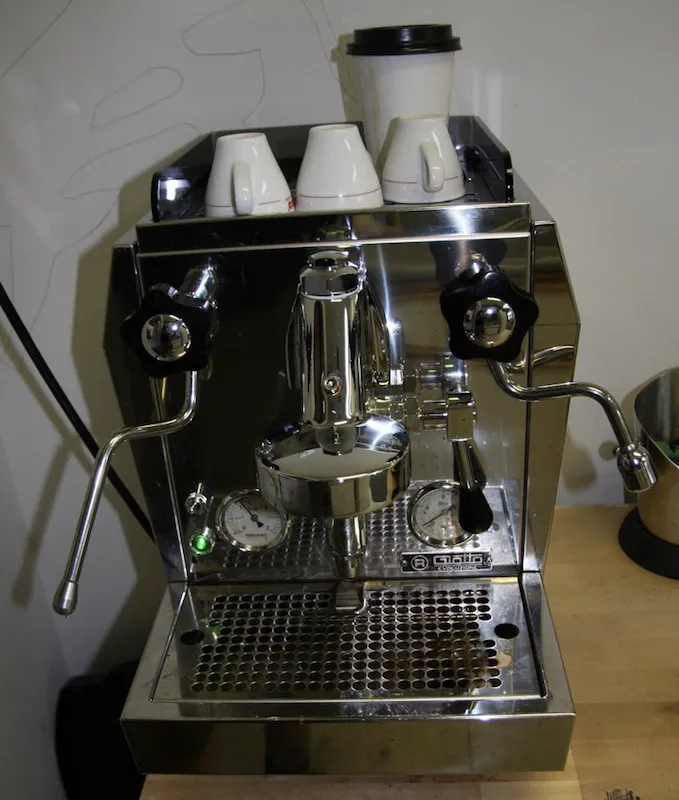Whether it’s freeride steeds like the Slayer or nimble cross-country racing machines like the Element RSL, the gang from Rocky Mountain have had plenty of success crafting high-end fat tire machines. We were invited to their nerve center in suburban Vancouver, British Columbia for a look behind the scenes.
Located on the city’s outskirts in Delta, Rocky HQ serves a trio of primary purposes: sales, marketing and as a frame design and prototyping facility. On the day of our visit, long-time Rocky employee Al Kowalchuk was hard at work, welding up a custom four-cross frame for British World Cup racer Scott Beaumont.
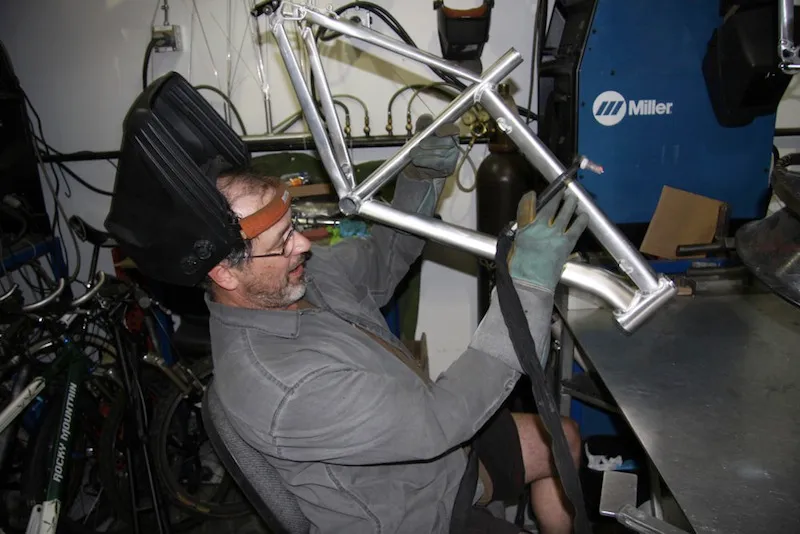
Master welder Al Kowalchuk has spent most of the past 20 years working for Rocky Mountain
On other days, Kowalchuk and the team of in-house engineer-designers can be found in front of computers or at one of several fatigue testing stations, where frame ideas are put under the microscope to see whether they’re ready for primetime.
“We develop and test all our new bikes here,” Rocky marketing man Peter Vallance told BikeRadar. “Whether it’s aluminum or carbon, they all start here. Aluminum bikes are welded here first, then moved to production [in Asia]. We also do mock-ups of all our carbon fiber bikes here.”
Rocky Mountain’s latest push has been the design and launch of new offerings in their 26er and 29er Element line, and a full-carbon 29er hardtail dubbed the Vertex. The Element range, which heretofore only came in carbon fiber versions (the Race Super Light and Marathon Super Light), has grown with the addition of lower priced alloy models.
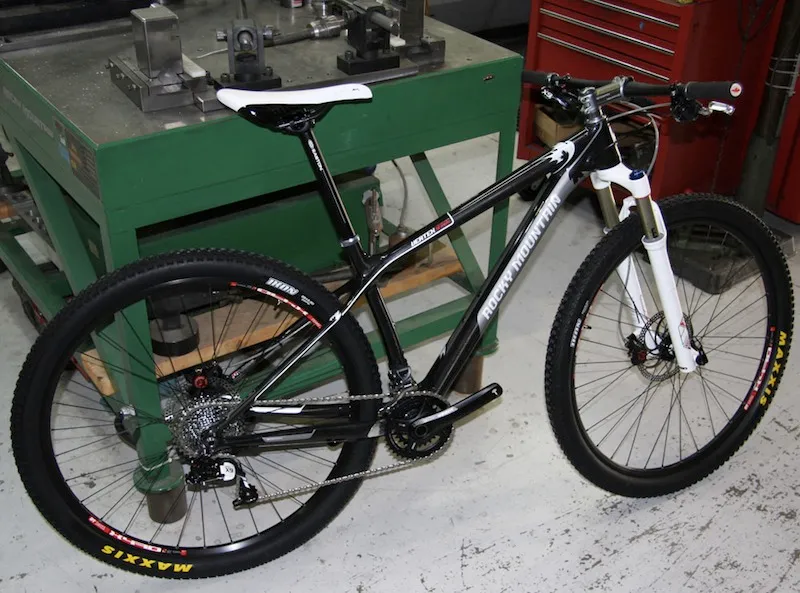
Rocky Mountain unveiled their new carbon 29er hardtail, the Vertex RSL, earlier this year
On the hardtail side of the equation, Rocky have quit making 26ers all together, and in 2012 will limit their offerings to only 29ers, including the Vertex RSL. An early iteration of the Vertex was spotted in the Rocky HQ work area. Vallance said the bike was ridden and raced by one of the company’s engineers for months before they finally signed off on the design and started the manufacturing process overseas.
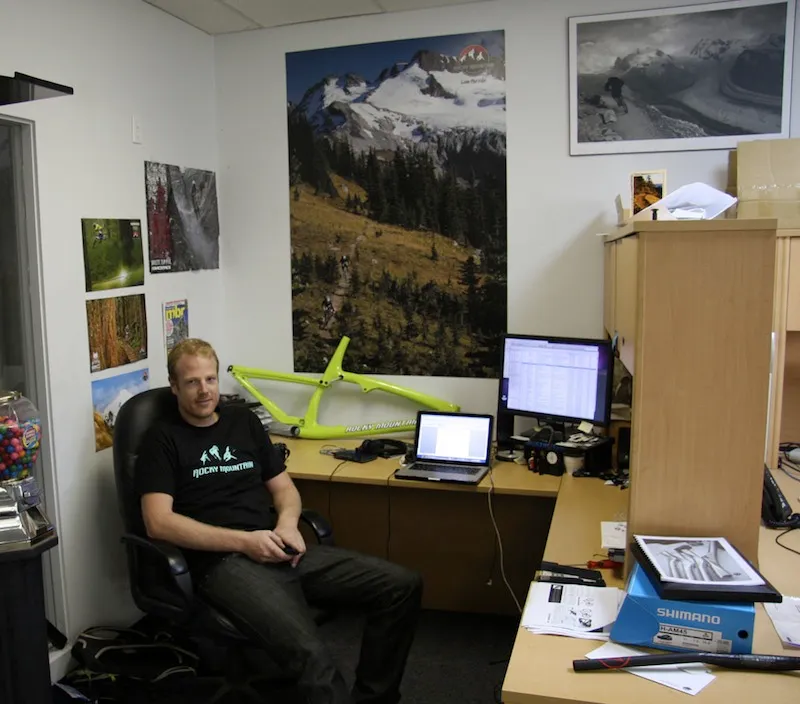
Marketing man Peter Valance, hard at work
“This bike went through 100 versions to perfect tube shapes and thicknesses,” said Vallance. “Software we use allows us to see the hotspots or potential fatigue points before the frame is a reality. That helps us pinpoint the areas where we need to change and tweak layup to minimize weight and maximize stiffness. It all happens here.”
For a glimpse behind the scenes at Rocky Mountain, check out our image gallery and the video below, by Jason Sumner:
Unable to load media
